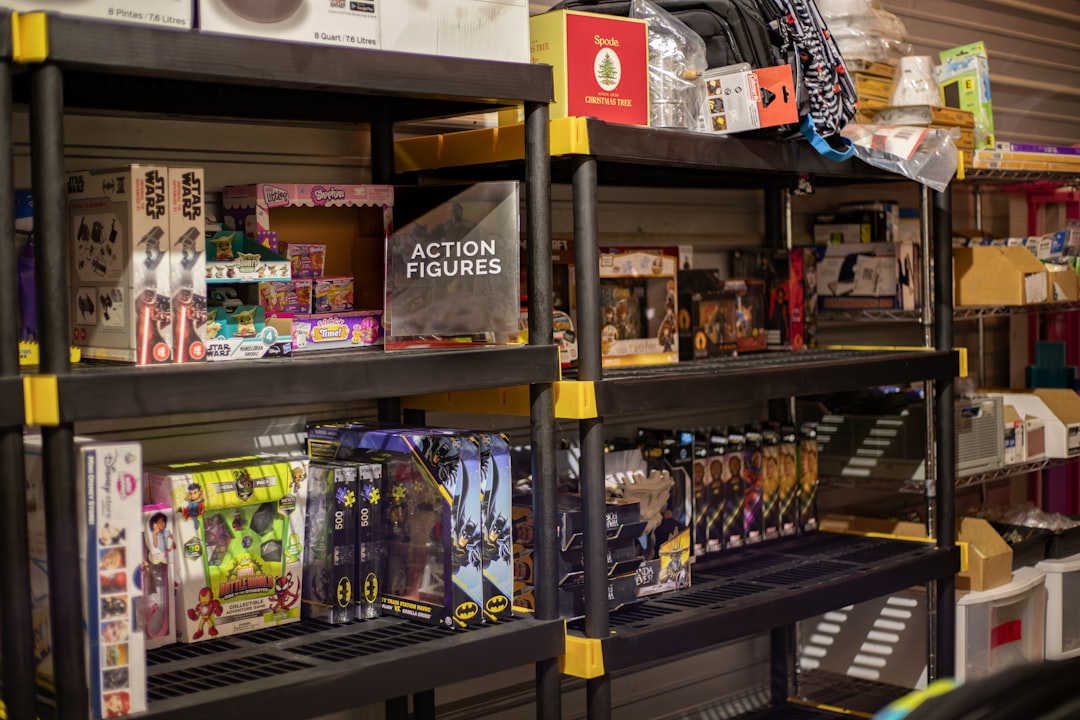Building an online store can seem daunting, especially if you’re starting from scratch. But with WordPress and its powerful WooCommerce plugin, you can create a fully functional and professional eCommerce website without writing a single line of code. In this comprehensive tutorial, we’ll guide you through every essential step involved in mastering WooCommerce, from installation to launching your store.
Why Choose WooCommerce?
WooCommerce is the most widely used eCommerce platform globally, powering over 30% of all online stores. Its seamless integration with WordPress, open-source flexibility, and an extensive library of extensions make it an ideal choice for businesses of all sizes.
Getting Started: Prerequisites
Before diving in, be sure you have the following in place:
- A WordPress website with admin access
- A reliable hosting provider (preferably optimized for WordPress)
- A domain name for your store
Once your WordPress site is ready, it’s time to set up WooCommerce.
Step 1: Installing WooCommerce
To install WooCommerce, follow these steps:
- Log into your WordPress dashboard.
- Navigate to Plugins > Add New.
- Search for “WooCommerce.”
- Click Install Now and then Activate.
Once activated, WooCommerce will launch a setup wizard to help you configure your store settings, including:
- Store details (address, currency)
- Payment methods (PayPal, Stripe, direct bank transfer)
- Shipping options
- Tax settings

Step 2: Adding Products
After configuring the basic settings, it’s time to add your products. To add a new product, go to Products > Add New. Fill in the essential details:
- Product Title – A clear, descriptive name
- Product Description – A detailed explanation of the product, benefits, and usage
- Product Data – Choose if it’s a simple, variable, grouped, or downloadable product
- Price – Regular and sale prices
- Inventory – Stock quantity and management
- Shipping – Weight, dimensions, and shipping class
- Product Image – A high-resolution image for your main thumbnail
Don’t forget to add categories and tags to help organize your products efficiently.
Step 3: Choosing a Theme
WooCommerce works best with themes built specifically for eCommerce. Consider using:
- Storefront – The official WooCommerce theme, built for performance and compatibility
- Flatsome – A versatile and stylish theme for advanced design options
- Astra – Lightweight and highly customizable
To install a theme, navigate to Appearance > Themes, click Add New, search for your preferred theme, and hit Install and Activate.

Step 4: Enhancing Your Store
WooCommerce offers a rich ecosystem of extensions to enhance functionality:
- Yoast SEO – Optimize product pages for search engines
- Mailchimp – Automate email marketing campaigns
- WooCommerce Subscriptions – Manage recurring payments for subscription-based products
- LiveChat – Provide real-time support to your customers
Choose extensions wisely—install only what’s necessary to maintain site speed and security.
Step 5: Testing Your Store
Before going live, it’s crucial to test all functions. Place a test order using the “Check Payments” method. Ensure:
- Payment gateways process correctly
- Emails are sent to the buyer and store admin
- Shipping rates are calculated accurately
- Tax amounts reflect your local rules
Thorough testing guarantees a smooth customer experience from day one.
Step 6: Launching and Marketing
Once your store is tested and ready, announce your launch through multiple channels:
- Email your subscriber list
- Promote on social media platforms
- Consider running Google or Facebook ads
- Leverage SEO strategies to attract organic traffic

Conclusion
Mastering WooCommerce takes time and practice, but with the right structure in place, it becomes an incredibly powerful tool for online business. This tutorial covered the cornerstone elements—from installation and setup to customization and promotion. By following this step-by-step guide, even beginners can build a reliable and scalable eCommerce platform.
Keep expanding your knowledge, stay updated with plugin developments, and always focus on delivering value to your customers. That’s how you truly master WooCommerce.